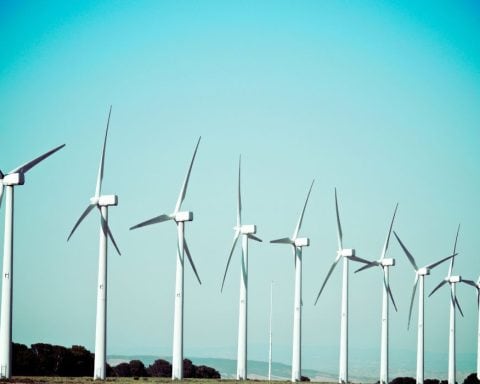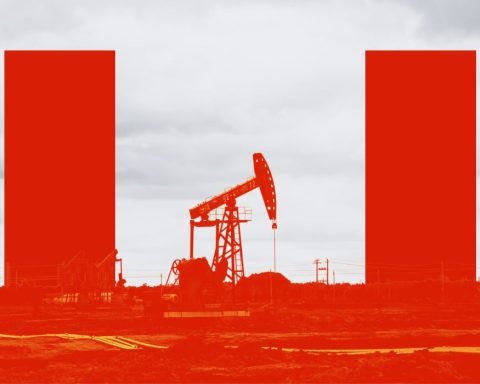Late last week, the Biden administration announced it was temporarily pausing pending export permits for liquefied natural gas (LNG) to countries the United States doesn’t have free trade agreements with. The pause will let the Department of Energy update its criteria for such permits to make them take climate change into consideration.
The announcement came as many countries (Canada included) are looking to build new LNG export terminals and expand natural gas exports all while pledging to reduce emissions from the sector.
Natural gas is often billed as a bridge or transition fuel for economies looking to shift away from polluting coal. But hundreds of studies have found that methane emissions from the oil and gas sector are up to 70% higher than the levels reported. Leaks from the well to the burner tip remain elusive. Here are five ways methane escapes en route.
![]()
1. Oil and gas wells
There are nearly one million active oil and gas wells in the U.S. and more than 460,000 in Alberta alone, including 90,000 abandoned wells. Methane is leaked during drilling and hydraulic fracturing, escaping from both active and orphaned oil and gas wells. More escapes from pneumatic pumps and other equipment. It’s also routinely vented and flared in oil fields where producers have no access to gas pipelines.
![]()
2. Processing
After natural gas is extracted, it’s processed to remove liquids such as propane and butane. Thanks to faulty seals, methane often leaks from holding tanks and processing equipment. Producers have great incentive to reduce leaks to minimize loss of product; the amount of leakage varies greatly among companies and jurisdictions. The same is true for LNG plants.
![]()
3. Transportation
Methane escapes from the pipelines that carry the gas from production fields to processors to distributors and finally consumers. The U.S. EPA estimates losses of close to 1% from transportation and distribution systems. Losses also occur in ocean tankers when LNG evaporates or “boils off” from storage tanks, particularly on older ships.
![]()
4. Power plants and factories
Roughly half of natural gas is sold to large power plants and factories in the U.S. (in Canada, a third), where methane escapes from leaky processing equipment. Gas-fired power accounts for 3% of total global methane emissions, according to gas-fuelled turbine maker GE.
![]()
5. Residential end use
Buildings account for 25% of natural gas demand, and in homes methane leaks from every natural-gas-fired appliance: furnaces, water heaters, stoves and fireplaces. Natural gas stoves emit up to 1.3% of the gas they use as unburned methane. Even when they are not running, gas stoves in the U.S. put out an amount of methane equivalent to 2.4 million tonnes of carbon dioxide each year, according to one study.





